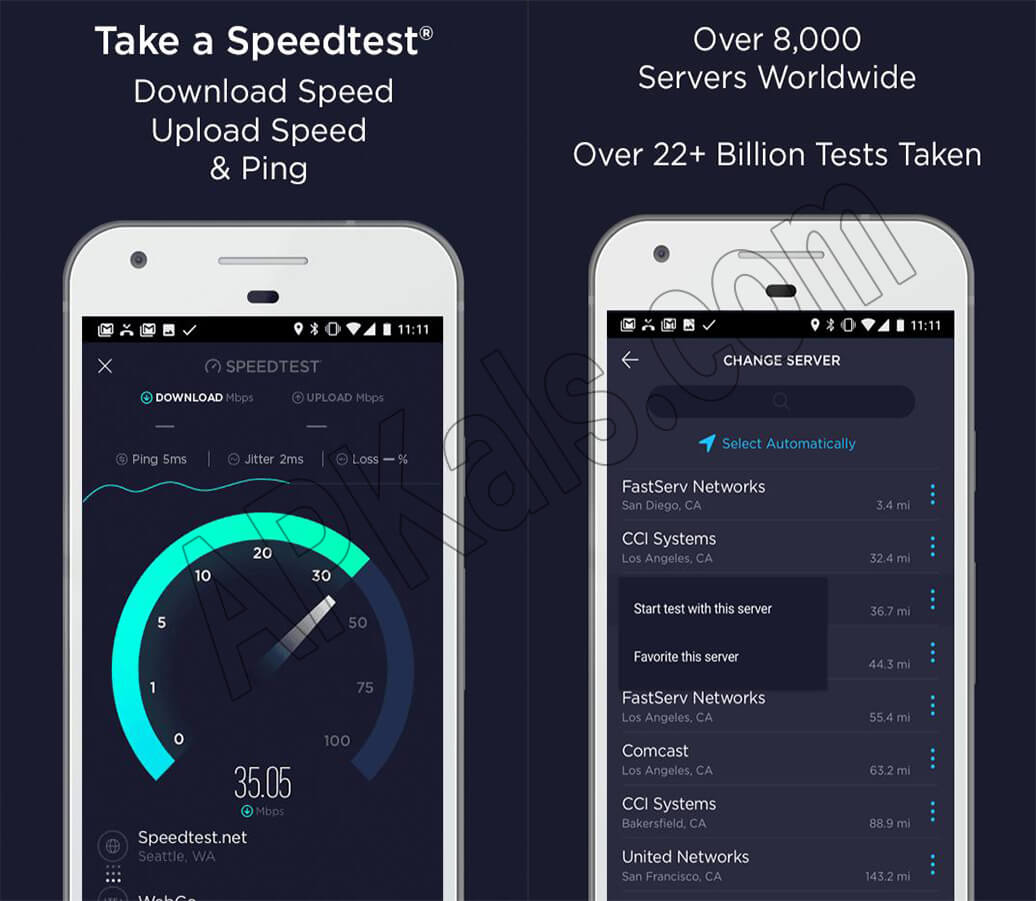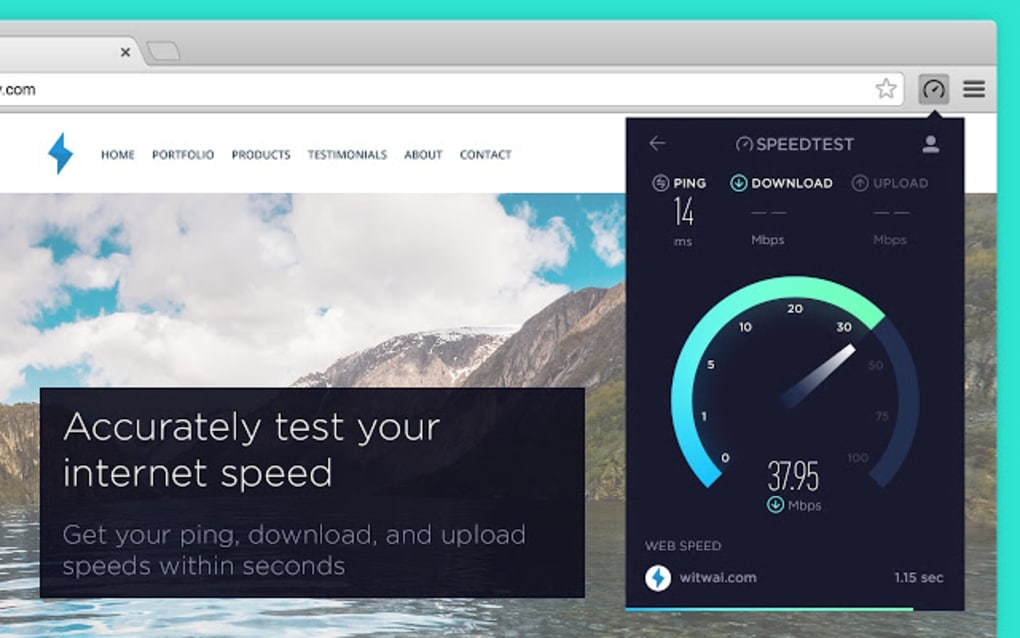
This integration uses speedtest-cli to gather network performance data from. Upload sensor: The upload speed (Mbit/s).Download sensor: The download speed (Mbit/s).Ping sensor: Reaction time in ms of your connection (how fast you get a response after you’ve sent out a request).The following sensors are added by the integration: You can disable polling using system options and use the update_entity service to automate the speed test frequency. See note on their help page.īy default, a speed test will be run every hour. Without this port open you may experience significant delays or no results at all. Most servers require TCP port 8080 outbound to function. The results of the HTML5-based speed tests conducted at Bandwidth Place ranged from 5Mbps to 11Mbps, those at exhibited a similar range, and the Flash-based tests at ZDNet's Broadband Speed Test recorded speeds from 5.8Mbps to 11.4Mbps.If the above My button doesn’t work, you can also perform the following stepsįrom the configuration menu, select Devices & Services.įrom the list, search and select .įollow the instructions on screen to complete the setup.

's download scores in both its single- and multithread tests exhibited a bit more range than those of Speakeasy's Speed Test, but they averaged about 11.2Mbps. After running several tests over a span of days, all of Speed Test's download results were within a few kilobits of 11.5Mbps. Of course, the services' tests may be consistently wrong.

The most consistent test results were recorded at Speakeasy's Flash-based Speed Test and at 's HTML5-based tester. Others point out that multithread tests such as those used by Ookla ( and branded by many ISPs) don't represent real-world network traffic as well as single-thread tests. Many experts claim HTML5-based speed tests are more accurate than tests that use Java and Adobe Flash. Does the type of speed test make a difference?


 0 kommentar(er)
0 kommentar(er)
